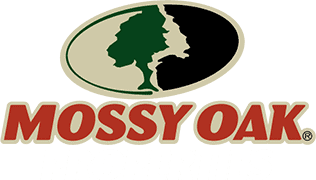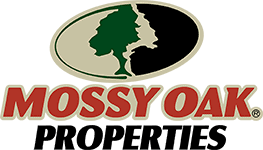Regions
Louisiana’s five main land regions include the Coastal Marsh, Mississippi Flood Plains, Red River Valley, Terraces, and Hills.
Agriculture
Agriculture continues to be an important industry in the Pelican State, generating $3.2 billion in revenues. There are approximately 30,000 farms in the state, covering 8 million acres of Louisiana. The average size farm comprises 370 acres. Agriculture makes a significant contribution to all 64 parishes.
Louisiana’s most valuable crops are soybeans, sugarcane, and cotton. The state also grows substantial quantities of rice, sweet potatoes, and pecans. Most of the cropland is found in the northeast region of the state.
Wildlife
Louisiana wildlife is abundant within the state on both land and water. The dense vegetation, ample rainfall, and forage make it a wildlife mecca for land animals and fisheries alike. Its primary wildlife includes whitetail deer, turkey, coyotes, bobcat, and mink.
The combination of access to freshwater lakes, rivers, and the Gulf Coast creates a diverse ecosystem for many fish species. Freshwater species include largemouth bass, bluegill, white crappie, and striped bass. Primary saltwater species include red drum, grouper, mullet, and mackerel.
Major Rivers and Lakes
Louisiana’s three longest rivers are the Mississippi River, Red River, and Ouachita River. Their main tributaries include the North Fork of the Red River, Boeuf River, and Kiamichi River.
Lake Pontchartrain, the largest lake in Louisiana, is located in southeastern Louisiana. The surface area of this lake is approximately 402,560 acres (629 square miles). Othersignificant lakes include Toledo Bend Reservoir, Lake Borgne, and Lake Maurepas.
State and National Parks
Louisiana has 21 state parks and 6 national parks.
National Parks:
- Cane River Creole National Historical Park
- El Camino Real de Los Tejas National Historic Trail
- Jean Lafitte National Historical Park and Preserve
- New Orleans Jazz National Historical Park
- Poverty Point National Monument
- Vicksburg National Military Park
| State Summary | |
| Nickname | Pelican State |
| Neighboring States | Texas, Arkansas, and Mississippi |
| Regions | Coastal Marsh, Mississippi Flood Plains, Red River Valley, Terraces, and Hills |
| State Flower | Magnolia |
| State Bird | Pelican |
| Big Game | White-tailed deer and wild turkey |
| Small Game | Quail, rabbit, and squirrel |
| Freshwater Fish | Largemouth bass, bluegill, white crappie, and striped bass |
| Saltwater Fish | Red drum, grouper, mullet, and mackerel |
| Hunting Information | https://www.wlf.louisiana.gov/ |
| Total Acreage | 33.5 million |
| Total Public Land Acreage | 33.5 million |
| Average Annual Rainfall | 70 inches |
| Farmland by Acreage | 8 million acres |
| Woodlands by Acreage | 13.8 million acres |
| Coastline | 397 miles |
| Conservation Program | http://www.dnr.louisiana.gov/conservation |
| Primary Crops | Soybeans, sugarcane, and cotton |
| Largest Lake | Lake Pontchartrain |
| Other Lakes | Toledo Bend Reservoir, Lake Borgne, and Lake Maurepas |
| Major Rivers | Mississippi River, Red River, and Ouachita River |
| Other Tributaries | North Fork of the Red, Boeuf River, and Kiamichi River |
Our Rural Real Estate Offices
Mossy Oak Properties Louisiana began with the goal of becoming a trusted resource for folks looking to buy or sell rural land for sale in Louisiana. Our land brokers and agents understand what people are looking for in rural property because we share the same lifestyle and love for the land as you do. We understand the importance of honor and integrity and that buying or selling land is an emotional and life-changing experience for consumers.
Only Mossy Oak Properties Louisiana can provide the powerful combination of brand strength, local expertise, quality service, and national exposure. Whether you want to buy or sell rural real estate, a Mossy Oak Properties land specialist is a must-have on your team.
Find a Louisiana land real estate agent.




































































































































































































































